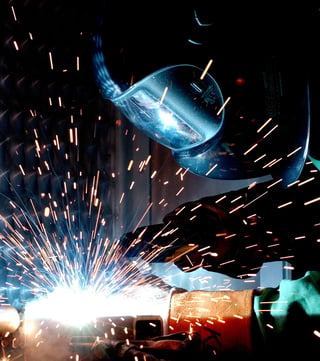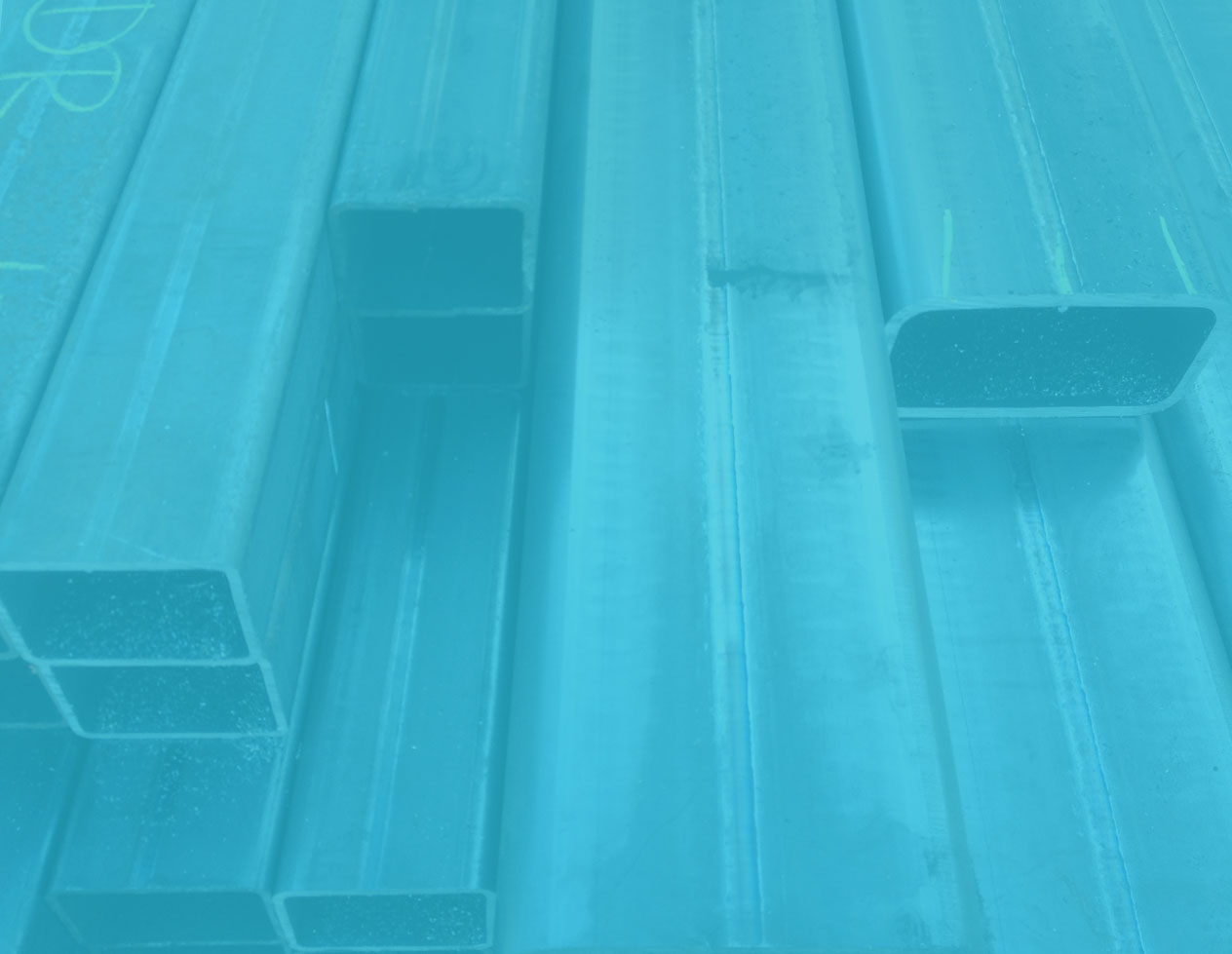
Welds may not be the first thing that comes to mind when a magnificent skyscraper or immaculate vintage vehicle catches your eye, but it should be. Everything we see or use in our daily lives was welded (or made by equipment that was). Welding is the only way of joining two or more pieces of metal together to make them act as a single piece. Welding also happens to be the most economical and efficient way of joining metals permanently.
Without welding custom metal fabricated products like skyscrapers, cars, boats, machinery, bridges, aircraft, tanks and hundreds of thousands of products could not exist.
In some shape or form, welding has been around for thousands of years, and dates back as far as the Bronze Age when stone tools gradually gave way to bronze.
Most people today might be familiar with a welding technique used by blacksmiths in which two pieces of metal were heated until they turned bright red, then pounded together to create a weld. This was called forge welding and was one of the only forms of welding until the 19th century (pictured right).
Fast forward to today. There are a number of sophisticated welding techniques from which to choose and the type that is ultimately employed will depend on the material and the application. Since welding so prominently effects our daily lives welds are inspected either visually and/or physically. In all cases a strong and durable weld is considered a good weld.
Welding Methods
Welding ranks high among the industrial processes that involve more sciences and variables than others. This can be recognized by evaluating the variety of welding methods being used in industry today.
Selecting the most appropriate welding method will enhance the resilience of the weld and produce a finish that is free from defects. Although testing is needed to inspect the complete integrity of a weld, there are visual indicators that may signal the signs of a bad weld.
MIG Welding
AKA: GMAW (Gas Metal Arc Welding)
Application: MIG (Metal Inert Gas) welding is the most widely used and perhaps the most easily mastered type of welding for industry and home use. This is a process in which an electric arc forms between a consumable wire electrode and the work piece metals. The resulting heat causes the metals to melt and join.
Materials: Thinner sheet metals and alloys such as mild steel, stainless steel as well as aluminum.
Signs of a bad weld include: Lack of uniformity, cracks down the middle of the bead, too thin, and/or a lack of discoloration of the parent metal (which should be about 1/8 of an inch).
Stick Welding
AKA: Arc welding, Shielded metal arc welding (SMAW), Manual metal arc welding (MMA of MMAW), or Flux shielded arc welding.
Application: Stick welding is the most basic of all welding types, and is easy to master in a home welding situation. Stick welding can be used for manufacturing, construction and repairs. The process uses an electric arc with alternating or direct electric current between the electrode and the metals to be joined. The work piece and the electrode melts forming the weld pool that cools to form a joint.
Materials: Commonly used on carbon steel, low and high alloy steel, stainless steel, cast iron, and ductile iron. Sometimes is used on nickel, copper (and their alloys) and aluminum.
Signs of a bad weld include: Spatter, undercutting, visible lack of fusion, and cracking. However, with all welds tests must be run in order to determine adequate penetration.
Oxy Welding
AKA: Oxy-fuel welding and cutting, Oxyacetylene welding, Oxy welding, and Gas welding.
Application: Oxy Welding is not used as widely for general welding of mild steel, this technique consists of mixing oxygen and acetylene gas to create a flame capable of melting steels. Mostly used today for maintenance work and gas metal cutting.
Materials: The technique is commonly used for brazing softer metals such as copper and bronze or for welding delicate aluminum parts such as refrigeration pipes.
Signs of a bad weld include: Underside of weld has insufficient penetration, excessive globules of metal, over-sized weld, undersized welds, undercut, overlap, incomplete fusion, porosity and/or cracking. Excessive grain growth or the presence of hard spots cannot be determined visually.
Learn more at WeldingGuru.com
TIG Welding
AKA: GTAW (Gas tungsten arc welding)
Application: TIG (Tungsten Inert Gas) welding is comparable to oxy acetylene gas welding and needs a lot more expertise from the operator. It is another arc welding process that uses a non-consumable tungsten electrode to produce the weld. It is employed for carrying out high-quality work when a superior standard of finish is needed, without making use of excessive clean up by sanding or grinding.
Materials: Typically used on stainless steel and non-ferrous metals such as aluminum, magnesium, and copper alloys.
Signs of a bad weld include: Burnout, no filler metal used, wide flat bead without distinct bead pattern, erratic beads, tungsten inclusion, porosity and/or undercutting.
Learn more at TheFabricator.com
Welding Tests
Just because a weld doesn't look good doesn't mean its bad. To really test a weld you need to do a x-ray test, magnaflux test, dye penetrant test or ultrasonic test which looks for voids, lack of fusion, etc.
Welds are typically quality tested based on the function for which is intended and under conditions that are the same or more severe than those encountered by the welded structures in the field. Testing techniques include:
|
Gas Weld Testing Physical Weld Testing Acid Etch Test Guided Bend Test Free Bend Test X-Ray Testing |
Back Bend Test Nick Break Test Tensile Strength Test Hydrostatic Test Magnetic Particle Test Gamma Ray Testing |
Fluorescent Penetrant Test Hardness Testing Magnaflux Tests Electromagnetic Tests Acoustic Emission Testing Ferrite Testing |
Read about each testing technique at Welding Guru.com and decide |
||



